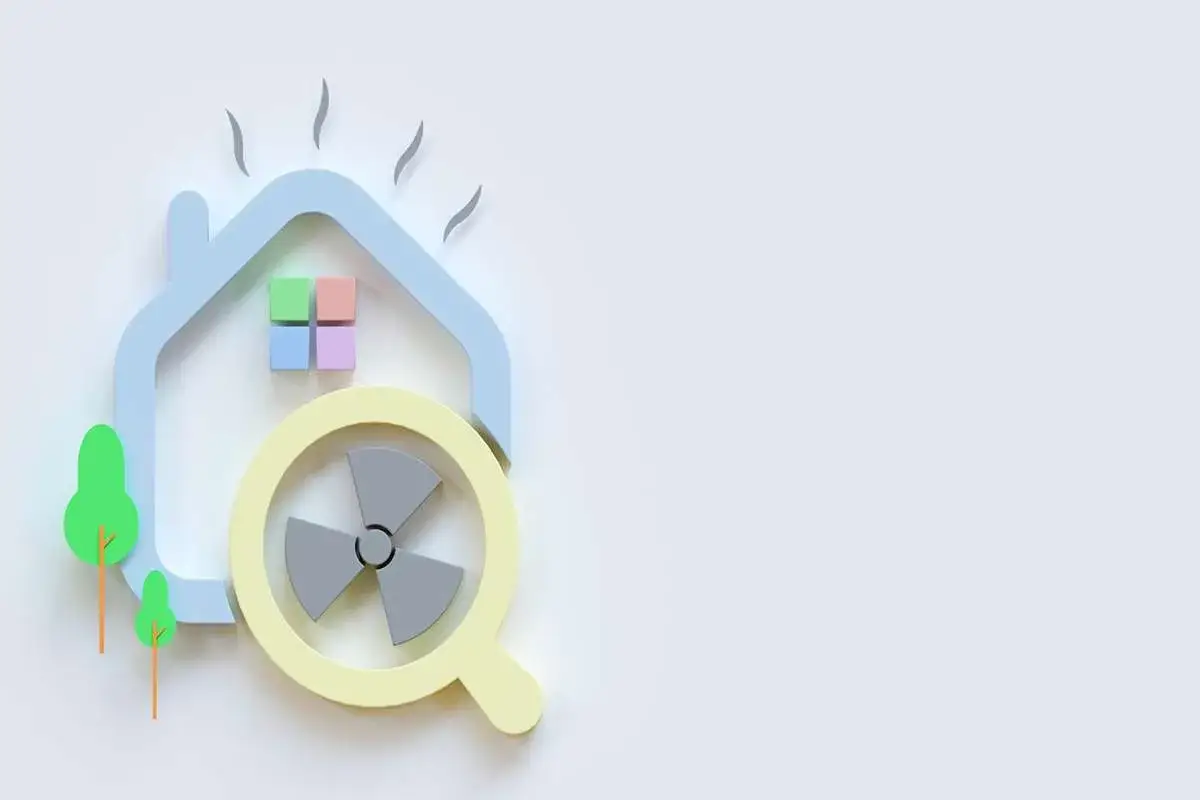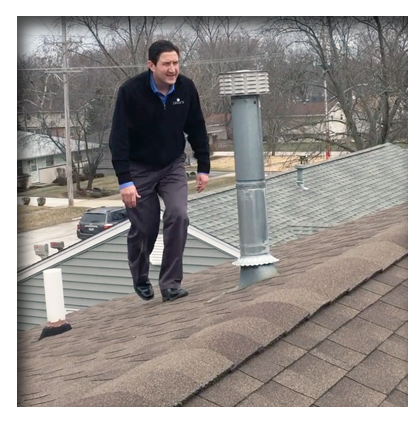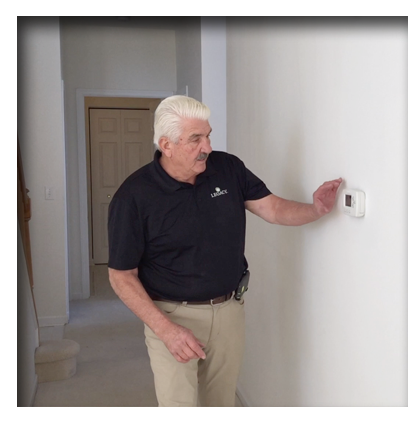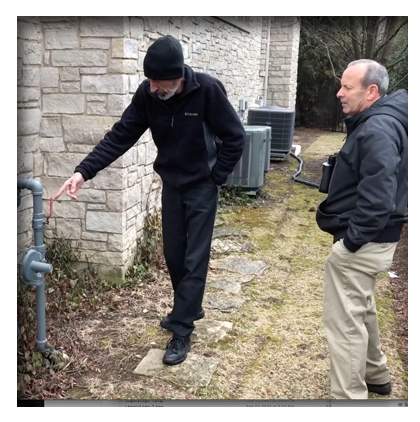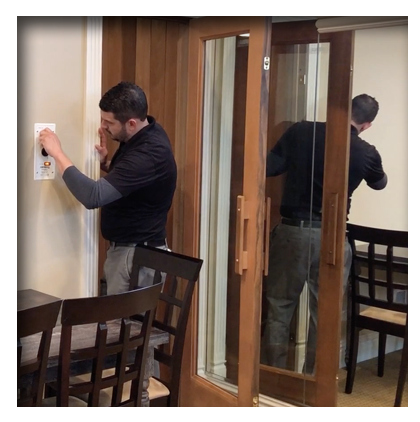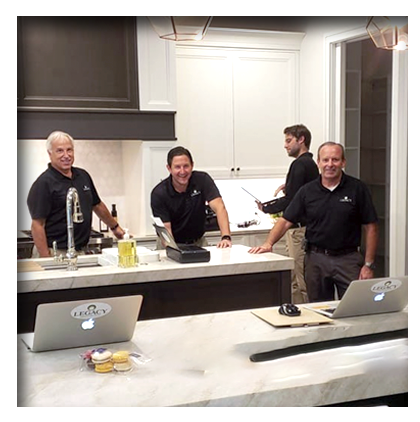Curious to know about radon gas in homes? Unfortunately, the information about radon rarely surfaces in public discourse, despite its obvious hazards. So, what is radon, what dangers does it possess, and why is it important to be wary of them? Let’s find out.
What Is Radon
Radon is a colorless and odorless gas produced by the natural breakdown of uranium in soil, rock, or water. This radioactive gas enters homes or buildings through cracks in foundations, walls, and floors. Most people fail to notice radon since it has no scent or color. It is an invisible yet dangerous substance which affects human wellness.
How Does Radon Get Into Your Home
Radon exists naturally in the environment, however its entry in homes can be problematic. Basements and crawlspaces are the primary entry points for radon and it can also penetrate homes with slab foundations. Radon slips in the houses from the following entry points:
- Radon can seep through the minutest cracks in your basement or slab foundation.
- If you use well water, radon can enter your home environment when you use that water inside.
- Some construction materials may have small concentrations of uranium which can release radon inside the homes.
Why Should You Be Concerned About Radon
Being exposed to radon for longer periods has dangerous consequences for human health.
It is the primary factor of lung cancer in people who do not smoke. The United States Environmental Protection Agency documents radon as the source of 21,000 deaths annually due to lung cancer and related complications.
When you inhale radon-containing air, its radioactive particles get trapped inside your lungs. Sustained exposure to these radiation particles damages lung tissue, ultimately causing cancer. Individuals with weak immune systems or respiratory issues are at a higher risk of developing radon-related ailments.
What Are the Signs Of Radon Inside Your House?
Radon testing establishes its exact presence in homes. It is the only reliable approach to verify the presence of this odorless and colorless gas.
Radon Testing
The two testing methods for radon detection are short-term and long-term.
- Short-Term: The most popular and speedy radon testing process is short-term. It spans over 2 to 7 days and enables home monitoring for radon so you can record its levels during that timeframe. Short term testing devices include:
- Electret ion chambers
- Charcoal canisters
- Continuous monitors
- Alpha-track detectors
- Charcoal liquid scintillation detectors
- Long-Term: It is a testing period longer than 90 days and provides the most accurate assessment of home radon levels during that time.
Homeowners can purchase radon testing kits from most hardware stores and online marketplaces. You also have the option to hire professionals who will execute the tests to guarantee accurate results.
Radon Levels And What’s Considered Dangerous
The Environmental Protection Agency provides recommendations about the acceptable radon levels in homes. The agency advises you to address your radon problem when your house obtains a reading exceeding 4 picocuries per liter (pCi/L). Most homes typically contain radon concentrations at 1.3 pCi/L according to average measurements.
Exceeding radon levels of 4 pCi/L does not create an emergency situation yet demands you look into the matter seriously. Let’s look at some measures you can adopt to mitigate high radon levels.
Steps To Take If You Have High Radon Levels
There’s no cause to panic as there are multiple solutions to lower radon levels in houses.
- Install A Radon Mitigation System: This involves using a vent pipe coupled with a fan to extract harmful gases beneath your house and properly discharge them into the open air.
- Seal Gaps And Cracks: Properly sealing foundation and wall cracks works to decrease radon infiltration even though it does not provide a complete solution.
- Increase Ventilation: Ventilation discourages the concentration of radon gas and lets it dissipate in the air.
Radon And Your Family’s Health
Radon exposure poses serious health risks for your family, especially for children and the elderly. Prolonged exposure to even low radon levels can cause health complications. The degree of radon concentration in the house and its long-term exposure determine how risky the situation is.
If you or any of your family members are already suffering from asthma, respiratory issues, or lung cancer, dealing with radon becomes even more critical.
Conclusion: Take Action Now
As an invisible substance, radon poses genuine risks to homeowners everywhere. The initial step toward protecting your family begins with understanding what radon is and its harmful characteristics. Radon testing involves simple DIY testing kits or hiring professionals for a more detailed and thorough inspection. Learning and recording radon levels is the first step in recognizing the problem and taking appropriate steps for its containment and future prevention.
Contact Legacy Inspection Group for expert radon testing and mitigation services to make your home radon-free. Our professional team helps analyze radon contamination in your home and provides complete solutions for protecting your family. Start your protective measures today because radon-related problems can emerge anytime and put your health at risk.
Contact us for a quote and to discuss your Home Inspection needs today at 847-217-5958. We service the Chicago area for home inspections, mold testing and radon testing.


